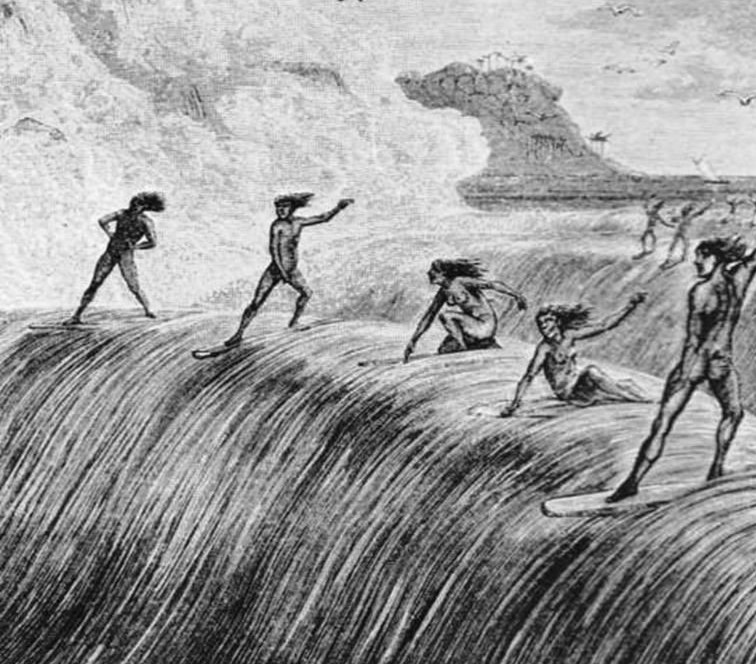It is believed that the starting point in the surfing development on the European continent is the summer of 1956 in Biarritz (France). There, Peter Viertel, a German screenwriter, currently living in America, and Dick Zanuck, an American producer, were filming the movie “Sun also Rises”. The film producer Dick Zanuck was an experienced Californian surfer. The colleagues were so impressed with the fine waves of Biarritz that Dick set his mind to bring his board from California. It’s interesting to note that the surfboard was brought to France illegally via Spain in order to avoid high taxes. Peter hid the board among the filming equipment, thus it got into Biarritz. And so began the era of surfing in Europe. After some 3 years, in 1959, the first surfing club was established and the first brand of surfboards in Europe was founded – Barland-Rott.
Surfing in Europe
It’s hardly any secret that surfing cradled in Hawaii (in Polynesia to be exact), but we hardly ever ask of how has this sport ever spread to Europe? And even more so, how did it reach the Canary Islands, where we fancy riding so much? After all, the Canary Islands are also Spain, though being located closer to Africa. We decided to go deep into the topic and share what we’ve found 🙂
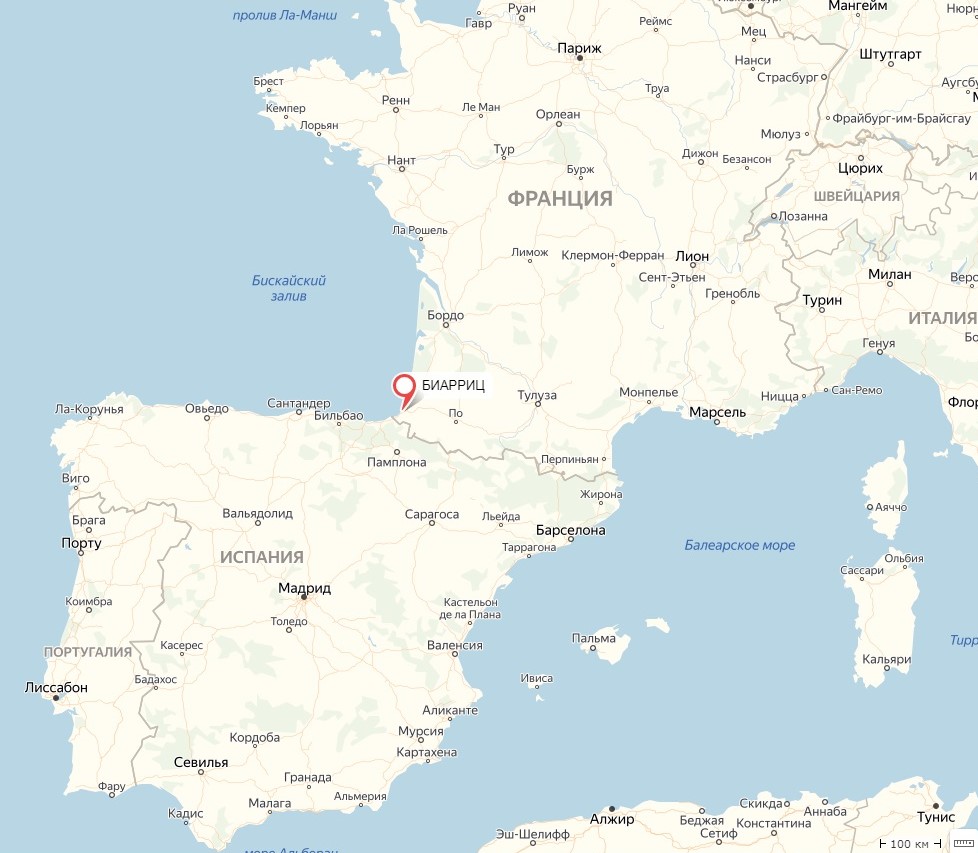
When did surfing appear in Spain?
Until the moment the Spaniards got on the board and began to conquer the waves in the 1960s, there only individuals’ allusions about the sport known. For instance, the future surfer José Luis Elejoste in Bilbao somewhere in 1940s watched a documentary about Polynesia, where surfing images appeared. He was impressed and 4 years later came across a Reader’s Digest magazine, where he read about surf clubs in California and Hawaii and even wrote them with intension to buy a board for himself, but received no answer.
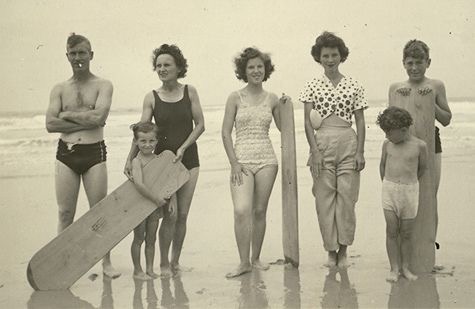
For over 20 years, Jose had been practicing Bellyboarding (the oldest form of surfing, where a surfer rides a wave on a short board lying on stomach) and made boards for himself and others. Only after surfing reached France in 1965, Jose bought his first board in Biarritz and brought it to Vizcaya. There he started to surf and inspired others who took part in Spanish competitions years later.

Surfing in Spain. What’s it like?
Spain has a great location and it’s washed by the Atlantic Ocean and the Mediterranean Sea, so surfing is available in many places. Well, and surely not to forget about the Canary Archipelago, where surfing lives all year round. Conditionally, surfing spots in Spain can be divided into 3 groups.
By the way, it’s a well-known fact that the first surfers on the famous La Concha beach in San Sebastian (Basque country) were Iñaki Arteche and his brother Javier. Inaki Artesha was inspired by the Life magazine release on October 25, 1963, and created his first board. In 1964, he alongside with his brother Javier, for the first time in history conquered the waves of La Concha beach.
- Northern Spain (Galicia, Asturias, Cantabria, Basque country)
It was the very part where Spanish surfing began. There are waves for anyone here, starting from beginners, trainees and ending up with professionals.
- South of Spain (Andalusia)
Summertime surfing is very calm here, but really strong waves come in winter lasting from October to April.
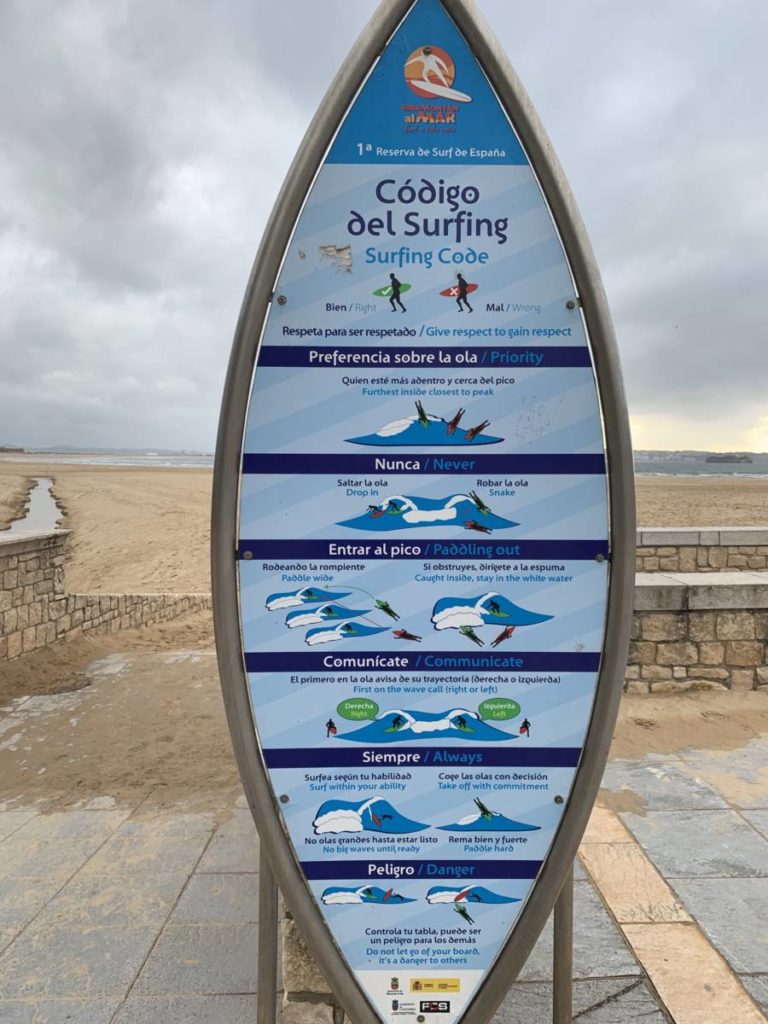
- Canary Islands
A true year-round surfing paradise. We should know;)
Atlantic waves all throughout the year, many spots for different levels of training.
It is believed that surfing came to Spain between 1963 and 1965 in several places of Spain simultaneously. Moreover many didn’t know about each other’s existence for months and years.
The first places to surf in Spain were: Asturias, 1963, Cádiz, 1964, Guipúzcoa, 1964, Vizcaya, 1964 and Cantabria, 1965. A little later, in 1968, surfing arrived and was regularly practiced in the Canary Islands. Malaga – since 1979.
In 1967, the first surf club the “Euromar Club” was established on the beaches of the Basque Country in Zarauz. Thus, the first association was created, uniting the surfers’ community.
Surfing was gradually spreading throughout the country, with more and more people making or buying boards of their own, creating surf clubs to develop the sport and learn to ride.
Along with the evolution of surfing, the development of surfboards took place as well.
In 1970, Pepe Almoguera created his own surfboard in Pedregalejo (Málaga). Several kids joined in after a while and in 1974 they created the first active surfing club in the Mediterranean: “The Málaga Surfing Club”.
In 1973, the islanders of Gran Canaria created the first surf club in the Canary Archipelago: the “Guanarteme Club”.
In 1991, two surfing schools were founded in Spain. One of them is “Escuela Cántabra de Surf” (Santander, Playa de Somo), and the other is “Zarauzko Surf Eskola” (Zarautz), the second one was disbanded in 2016, while the first one is still successfully operating.
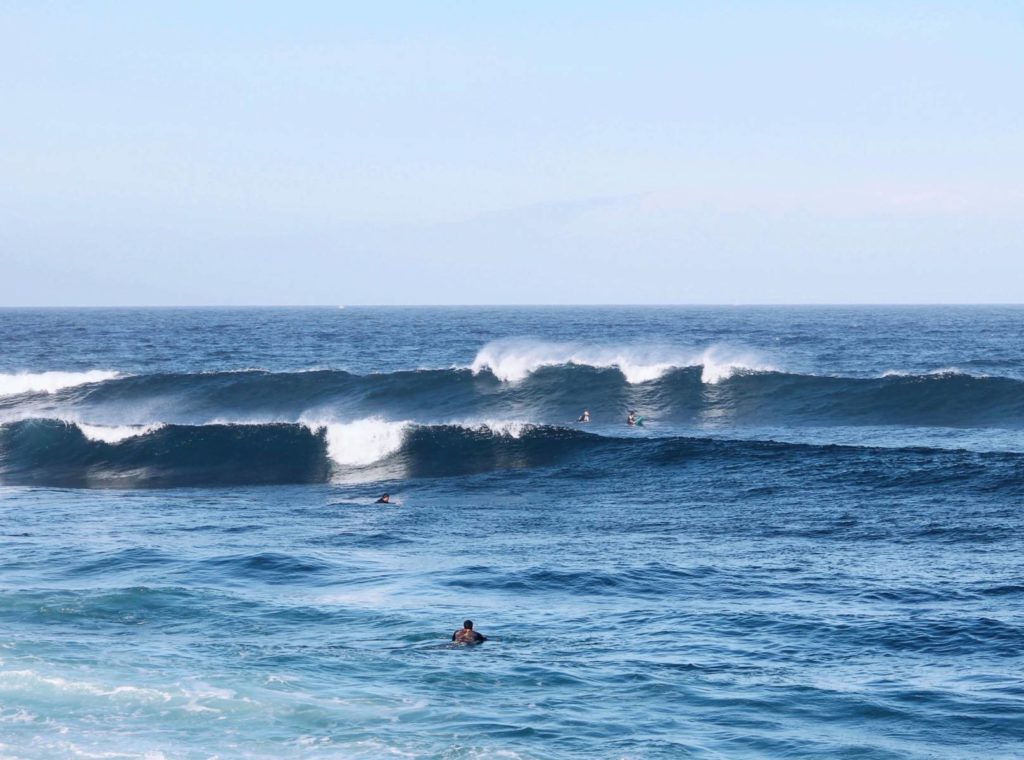
Canary Islands Surfing
The first to mention Canaries surfing was a traveler named Peter Troy. He arrived there in 1963 and later published a book about his journeys around the world. He was writing that the African coasts had several islands belonging to Spain, with waves to impress anyone, and the water itself wasn’t as cold as in North America. The Canary Islands were nicknamed “Hawaiian Atlantic.” Since then, the Canary reputation for surfing has taken off.
Shortly after that, local residents themselves began to ask for boards from foreigners in order to try a new sport. Until the 70s, the density of surfers was rather low and the islands were a paradise for surfers with empty line-ups. Since the beginning of the 70s, peninsular surfers started to visit islands as well, migrating in the winter to get away from the cold waters of the Cantabrian Sea (Bay of Biscay).
As the density of surfers from the late 70s was on the rise, localism (the hostility of local surfers to visitors) was gradually branching everywhere, and many 70s regulars no longer visited the Canary Islands. The islands, unfortunately, became pioneers in Spain, regarding the localism phenomenon, which very soon spread throughout the peninsula, and nearly all over the world, if one had a chance of coming across good waves there.
Don’t be afraid of localism, since our Tenerife surf school is located in the city of Las Americas, and we teach at training spots deprived of localism. Here you can read about the surf spots of the Las Americas resort.
That’s how the surfing culture has spread throughout Spain, got to the Canary Islands, making the place world famous for superb surfing!
See ya on waves!
Sources:
- Javi Amezaga “Surfing the Basque Country”.
- Daniel Esparza “La historia del surf en Espana”.
